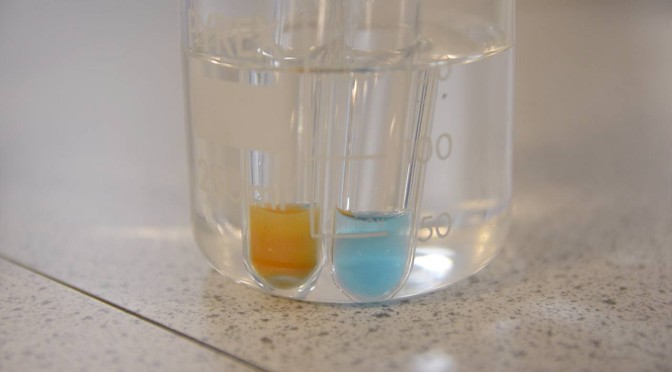This is the second Biology film we’ve made as part of the “Get, Set, Demonstrate” project. One of the films we were asked to look at was “Making Poo: The Digestive System” but we felt that this was not what we would strictly call a “demonstration” of digestion (since no actual digestion takes place), but rather an illustration of the process. Instead, we chose to make a film about using Visking tubing to model digestion and use it to explore the reasons why you might choose to carry out a demonstration of an activity which can be (and often is) done as a class practical.
 This film was produced for the Get Set Demonstrate project. Click through for teaching notes, and take the pledge to perform a demonstration to your students on Demo Day, 20th March 2014.
This film was produced for the Get Set Demonstrate project. Click through for teaching notes, and take the pledge to perform a demonstration to your students on Demo Day, 20th March 2014.


Visking tubing is an excellent model for a partially permeable membrane. Great for osmosis demonstrations too, measuring the mass of the tube before and after placing it in concentrations of salt water.
Rather than a solution of starch and glucose, I use a sample of saliva (just chew a disinfected elastic band) to add to the starch to show how it is broken down by the enzyme to produce smaller sugars. Maltose is small enough to get through the visking tubing and is a reducing sugar so reacts with the Benedict’s test.
What are the advantages and disadvantages of doing the Visking Tubing experiment?
what does the water represent